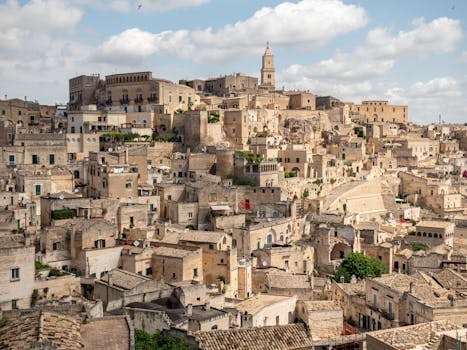
Traveling Through Time: How Europe’s Historical Heritage Shapes Modern Lifestyles in 2025
Traveling Through Time: How Europe’s Historical Heritage Shapes Modern Lifestyles in 2025. Europe, a continent steeped in history and tradition, has a unique ability to blend the past with the present. From the ancient ruins of Greece and Rome to the modern cities of London and Paris, Europe’s historical heritage continues to shape modern lifestyles in profound ways. In this article, we will explore how Europe’s rich cultural legacy influences contemporary life, from architecture to art, fashion, and beyond.
Architecture and Urban Planning

One of the most visible ways in which Europe’s historical heritage shapes modern lifestyles is through architecture and urban planning. Many European cities have preserved their historical centers, with narrow streets, grand piazzas, and iconic landmarks like the Eiffel Tower or Big Ben. These architectural treasures not only attract tourists but also influence the way people live and work. For example, the compact, walkable design of many European cities encourages a more sustainable, pedestrian-friendly lifestyle, with residents often opting to walk, cycle, or use public transport rather than drive.
Art and Culture

Europe’s historical heritage is also deeply intertwined with its vibrant art and cultural scene. From the Renaissance masterpieces of Italy to the Impressionist movements of France, European art has long been a driving force behind modern creativity. Today, this legacy continues to inspire artists, designers, and musicians, with many contemporary European cities boasting thriving cultural scenes. The numerous museums, galleries, and festivals that punctuate the European calendar, such as the Venice Biennale or the Cannes Film Festival, further underscore the continent’s commitment to artistic expression and innovation.
Food and Wine

Another area where Europe’s historical heritage significantly impacts modern lifestyles is in the realm of food and wine. The continent is renowned for its diverse culinary traditions, with each country and region boasting its own unique flavors, ingredients, and cooking techniques. From the rich pasta dishes of Italy to the delicate pastry cuisine of France, European food is a testament to the power of historical heritage in shaping contemporary tastes and preferences. The same is true of wine, with many European countries, such as Italy, France, and Spain, producing some of the world’s finest vintages, often using techniques and grape varieties that date back centuries.
Conclusion

In conclusion, Europe’s historical heritage plays a profound role in shaping modern lifestyles, from architecture and urban planning to art, culture, food, and wine. As we move forward in 2025, it is essential to recognize the value of this legacy and work to preserve it for future generations. By embracing and celebrating Europe’s rich cultural heritage, we can continue to draw inspiration from the past while building a brighter, more sustainable future.



